Can You Explain My Glasses Prescription?
What is Myopia?
Example of blurred vision at distance from myopia.
Myopia is a nearsighted eye with a minus prescription power. Objects at distance are blurry but things up close are clear. People with myopia depend on their glasses to help them see in the distance. Low myopia is greater than -0.50D but less than -3.00D. Moderate is -3.00D to -6.00D. High myopia is more than -6.00D. Pathological myopia is when the posterior structure of the eye is damaged due myopia associated diseases which can cause irreversible vision loss. A recent study estimated that 5 billion people world wide will be myopic and 1 billion people will have pathological myopia by 2050. The driving factor for the spike in myopia is due to modern lifestyles of increased time spent indoors, increased near work activities (1,2).
What is Astigmatism?
Example of shadowing of letters with astigmatism.
Astigmatism is notated as the cylinder in the glasses prescription. The axis describes at which angle the astigmatism power is correcting between the range of 1 to 180 degrees. Astigmatism is when the curvature of the front of the eye or cornea is not perfectly round. This can also be caused by an imperfectly curve lens inside the eye. People with astigmatism may experience a shadowing or doubling effect of letters on the chart. It causes an overall blur at all distances and lead to headaches and eyestrain if left uncorrected.
What is Hyperopia?
Example of blurred vision at distance with high hyperopia.
Hyperopia is a farsighted eye with a plus prescription power. Depending on the strength of the prescription, a person may or may not need glasses. If it is mild, a person’s accommodation system or focusing ability can work through their prescription to make their vision clear. If the hyperopia is high, a person may not be able to accommodate through their whole prescription as it would fatigue the eye, and cause blur at all distances with increased blurriness at near. Some people with strong uncorrected hyperopia may have an eye turn due to their over-worked accommodative system. Low hyperopia is between +0.50D and +2.00D, moderate is +2.25D to +5.00D, and high is above +5.00D (3). Amblyopia can be a complication of uncorrected hyperopia and cause permanent blurred vision or a lazy eye if left uncorrected.
What is Presbyopia?
The lens in the aging eye loses its flexibility over time. Usually people in their 40's will notice their up close vision is not as clear and crisp as it was before in their 20's. A simple pair of reading prescription glasses or over the counter readers will aid in clearing up the up close vision. The reading power will slowly increase until 65 years of age.
What is Emmetropia or a Functional Emmetrope?
Example of perfect vision. The bottom line is 20/20 which is what we want to be corrected to see.
The front to the back of the eye is correctly shaped so that light rays shining into the the eye focuses directly on the retina. This allows a person to see 20/20 without glasses. These people do not have a glasses prescription. Sometimes people who have a minimal prescription of +0.25D or -0.25D and can still see 20/20 without correction, these people are called functional emmetropes.
Author: Josephine Ko, OD, FAAO
References
Brien A. Holden, Timothy R. Fricke, David A. Wilson, Monica Jong, Kovin S. Naidoo, Padmaja Sankaridurg, Tien Y. Wong, Thomas J. Naduvilath, Serge Resnikoff, Global Prevalence of Myopia and High Myopia and Temporal Trends from 2000 through 2050, Ophthalmology, Volume 123, Issue 5, 2016, Pages 1036-1042, https://doi.org/10.1016/j.ophtha.2016.01.006. (https://www.sciencedirect.com/science/article/pii/S0161642016000257)
Moore BD, Augsburger AR, Ciner EB, Cockrell DA, Fern KD, Harb E. Optometric Clinical Practice Guideline: Care of the Patient with Hyperopia. St. Louis, MO: American Optometric Association; 1997:1-29





